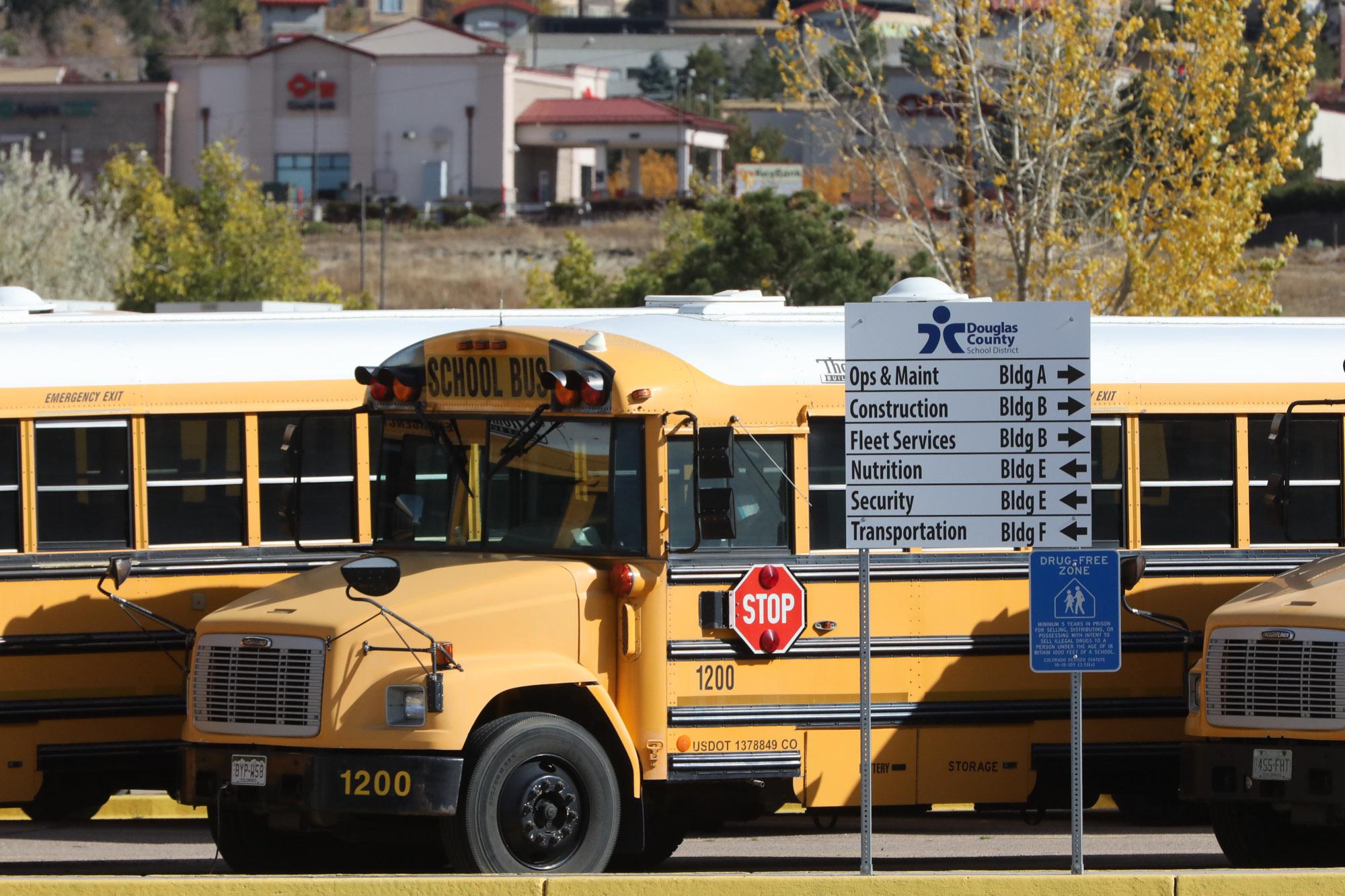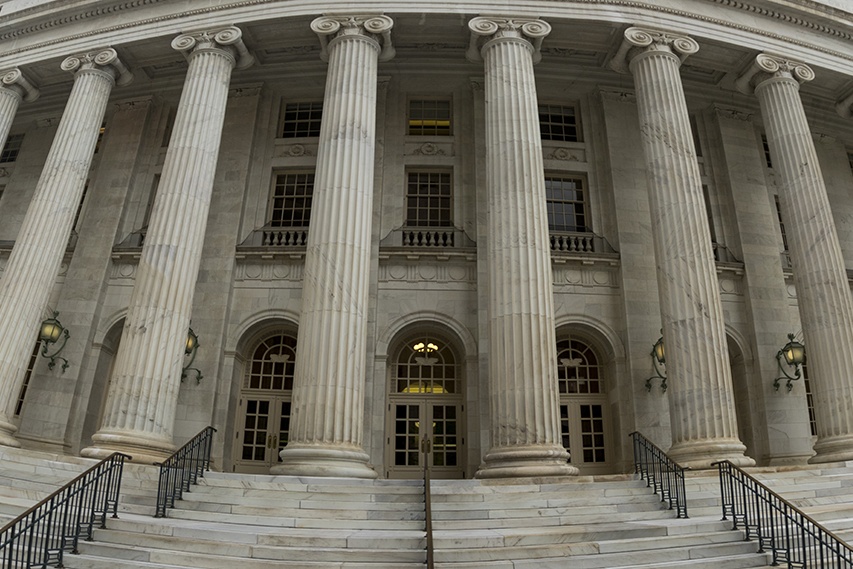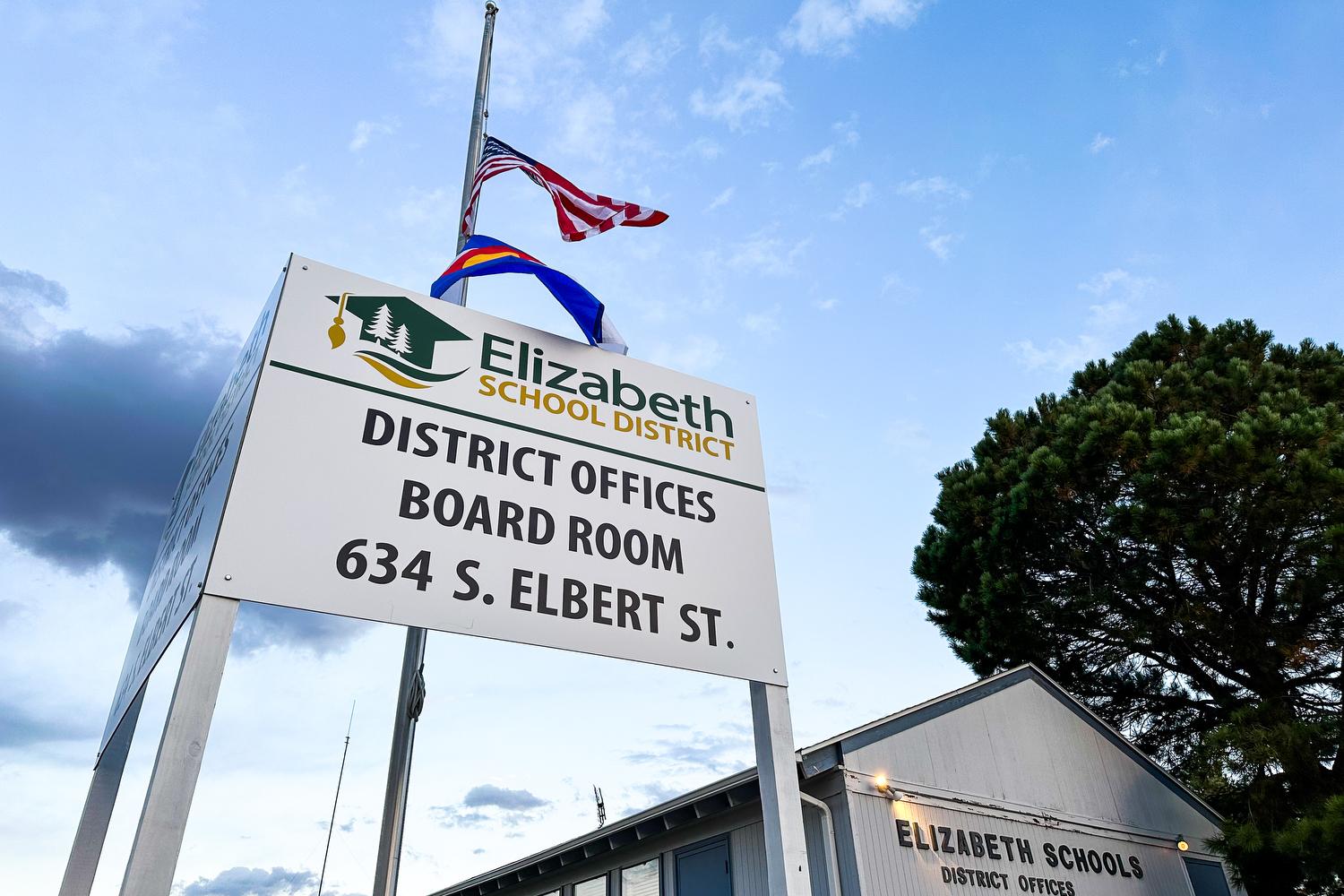
The bitterly divided Douglas County school board is expected to come together for the first time Tuesday night for a critical vote that could pay teachers more and build new schools.
The seven-member board will vote on sending a $60 million mill levy override — property tax increase — and $450 million bond to the November ballot. All seven board members have already publicly voiced support for the measure.
After Tuesday’s vote, the district and board will need to kick off a full court press to pass the measure in the wealthy but often tax-adverse district. The county passed a mill and bond in 2018. Before that, the last time was 2006.
Moreover, the district is deeply divided after last November’s election and tense school board meetings are now the norm.
Four conservative members cruised to victory last year. Since then, board business has been mired by fighting and contentious public comment periods over possible changes to the district’s equity policy and the firing of a popular superintendent. A district judge also ruled the board majority had made decisions in secret and ordered them to follow the state’s open meetings laws.
But board members and Superintendent Erin Kane say the time is right this November.
“It’s going to take our entire community really working together and coming together for the good of our students and the future of Douglas County,” Kane said.
What’s a mill levy override and why do the district and board members want it?
A mill levy override allows a school district to ask for more property tax revenue than the district gets through the state’s funding formula. Douglas County, in terms of what its taxpayers contribute to public education, lags behind its neighbors.
“We are really struggling to compete with our neighboring districts,” Kane said.
Cherry Creek, for example, gets 25 percent more funding through its local property tax, making the average teacher salary about $18,000 higher than Douglas County.
“That's a huge difference for our teachers,” she said. “They're raising families, putting kids through college. Somebody coming along and offering them a $20,000 raise is significant, and we need to be able to keep up with the rest of the market.”
Douglas County School District, Colorado’s third largest, is home to 64,000 students who attend 89 public schools.
The $60 million will go to boost staff wages. Teachers would see on average a 9 percent increase and non-licensed staff like bus drivers, classroom assistants and cafeteria workers would get an average bump of 9 percent.
What is a bond and why do the district and board members want it?
Voter-approved bonds allow the district to borrow money to build and maintain schools. The up-front cash plus interest is paid back through a property tax over time.
The last time the district built a neighborhood school was in 2010. The bulk of the bond money would build three new neighborhood schools in fast-growing Sterling Ranch, Crystal Valley and the Canyons.
“Douglas County is in a unique situation where we have growth in pockets of our district,” said board member David Ray. “Unfortunately, with schools that maybe are under capacity, we're not able to actually move those schools into the places where there is growth and the need.”
The bond would also expand two middle schools, provide maintenance on existing buildings, offer career and technical training like certified nursing, aviation, and STEM programs, and upgrade safety and security.
The district said the $450 million was the sweet spot amount – it wouldn’t change the number of mills already being collected. The mill levy override and bond together would cost homeowners $1 per week for every $100,000 in assessed value. That’s about $255 a year for a $500,000 home.
Will the past turmoil on the school board throw a wrench into passing the ballot measure?
The seven members say passing a mill and bond measure is the right thing for students.
“I think it is critical for our board to focus on doing what's right, instead of a focus on being right,” said board member Elizabeth Hanson. “And doing what's right is putting our teachers and our employees as a priority so that we have the absolute best people in our schools to work with our students.”
Even a campaign to recall four board members was called off — at least for this November’s ballot.
“A recall is coming,” a release from DougCo’s Future said. “But because we are strong supporters of our school district and its funding needs, we do not want to take any action that might be perceived to negatively impact the November bond and mill levy override ballot measures.”
Organizers also said they needed more time to garner support and signatures.
For those who didn’t vote for the board’s majority members, trust issues remain. Some aren’t not ready to hand any victories to the board members in control.
On social media, some Douglas County residents want specific details about the measure. Some harbor suspicions that some of the $15 million in the bond allotted for security would be used to arm teachers.
“As long as they have loopholes, I’m a no vote,” said one commenter online.
The district said none of the seven board directors nor the superintendent has stated interest in arming non-security personnel. A draft of the bond plan spells out how the money would be used and details project plans for each school.
Board member David Ray acknowledges the disruptions and disagreements on the board during the past year but hopes that makes a point when it comes to this vote.
“When the community sees that in spite of that, that seven very diverse people are coming together and saying, yes, this is a need for the district — that should even speak more loudly because of what we've been through,” he said.
Seventy percent of the school district’s residents don’t have children in schools. But investing in public schools, argued Kane, is an investment in the county’s economic future.
“Kids who graduate from our schools are working in our community,” she said. “A lot of them go directly into industry right here in Douglas County.”
A frequent claim among conservatives is that a district’s central administration is too big. On that, Kane said Douglas County is lean even compared to many other major school districts in the state, which typically don’t have the funds for beefy district offices compared to districts in other states. For example, she said the district’s human resources department employs 23 people to manage the HR needs of 8,600 — a 1 to 370 ratio. She said other major districts have twice as many HR staff for the same number of employees.
If the bond and mill don’t pass, district leaders say hard decisions lie ahead, such as deferring maintenance and making salary and staff adjustments.The board and district are soliciting feedback and questions before Tuesday’s vote. There will be two hours of public comment before the vote.









